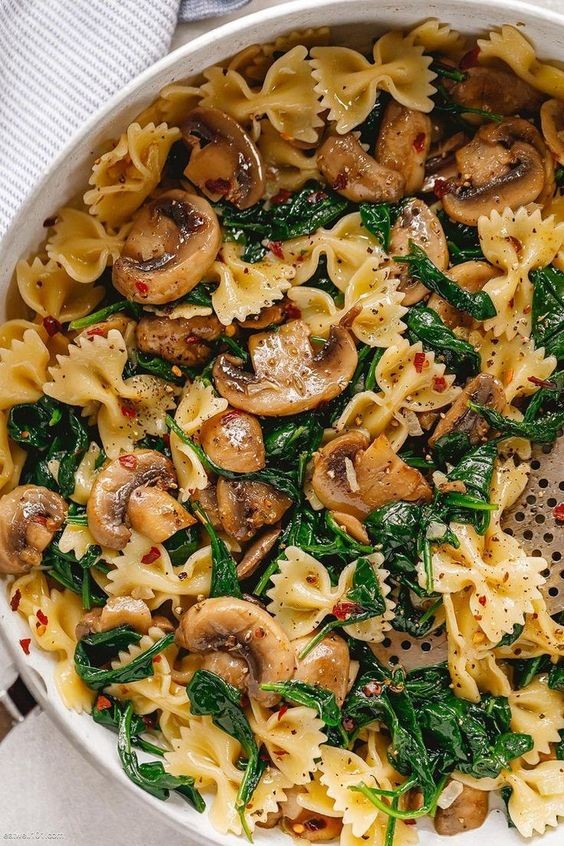**DIY Vertical Herb Garden: Grow Fresh Herbs Vertically for Easy Access**
Innovative and space-efficient, a DIY vertical herb garden offers a practical solution for cultivating fresh herbs right at your fingertips. Whether you have limited outdoor space or simply want to add greenery to your walls or balcony, a vertical herb garden not only enhances your living environment but also provides a convenient way to access herbs for cooking, garnishing, and teas. This article will guide you through the process of creating your own DIY vertical herb garden, from selecting materials to maintenance tips for ensuring a thriving herb harvest.
### Getting Started: Essential Materials
Before you begin, gather these essential materials:
- **Vertical Garden Structure**: Choose a suitable structure for your vertical garden, such as a wall-mounted planter, hanging pots, or a DIY trellis system. Options include fabric pockets, wooden pallets, or PVC pipes designed for vertical gardening.
- **Herb Plants or Seeds**: Select herbs that you frequently use in your cooking and are suitable for your climate. Popular choices include basil, parsley, mint, thyme, rosemary, cilantro, and oregano. You can start with seeds or small herb plants from a nursery.
- **Potting Mix**: Use a well-draining potting mix formulated for herbs. Ensure it is lightweight and nutrient-rich to support healthy plant growth.
- **Hooks or Mounting Hardware**: Depending on your chosen structure, you may need hooks, brackets, or mounting hardware to secure the vertical garden to a wall or balcony railing.
- **Watering System (Optional)**: Consider incorporating a drip irrigation system or self-watering pots to maintain consistent moisture levels in your vertical herb garden.
### Step-by-Step Guide to Creating Your Vertical Herb Garden
1. **Choose and Prepare Your Structure**: Clean and prepare your chosen vertical gardening structure. Ensure it is sturdy and properly secured to support the weight of soil and plants.
2. **Fill Containers with Potting Mix**: Fill each container or pocket with potting mix, leaving enough space for planting your herbs. Gently firm the soil to create a stable planting environment.
3. **Planting Herbs**: Carefully transplant herb plants from nursery pots into the containers or pockets of your vertical garden. If starting from seeds, follow the instructions on the seed packet for sowing depth and spacing.
4. **Arrange Your Vertical Garden**: Arrange the containers or pockets in a manner that allows each herb to receive adequate sunlight. Most herbs require at least 4-6 hours of sunlight per day. Ensure there is enough space between plants for airflow and growth.
5. **Watering**: Water your vertical herb garden thoroughly after planting to settle the soil. Check the soil moisture regularly and water when the top inch feels dry. Monitor watering needs closely, as vertical gardens may dry out faster than traditional garden beds.
6. **Maintenance**: Trim and harvest your herbs regularly to promote new growth and maintain plant health. Remove any yellow or wilted leaves promptly to prevent disease spread.
### Tips for Maintaining Your Vertical Herb Garden
- **Fertilizing**: Herbs benefit from occasional fertilization. Use a balanced liquid fertilizer diluted to half strength every 4-6 weeks during the growing season.
- **Pruning**: Regularly prune your herbs to encourage bushy growth and prevent them from becoming leggy. Pinch back stems just above a set of leaves to promote branching.
- **Harvesting**: Harvest herbs in the morning when their essential oils are most concentrated. Use sharp scissors or pruning shears to cut stems above a leaf node.
- **Rotate Containers**: Rotate pots or adjust the position of your vertical garden occasionally to ensure even exposure to sunlight and promote balanced growth.
### Benefits of DIY Vertical Herb Gardens
- **Space-Saving**: Ideal for small outdoor spaces, balconies, or apartments where traditional gardening may not be feasible.
- **Decorative and Functional**: Enhances the aesthetic appeal of your living environment while providing fresh herbs for culinary and medicinal purposes.
- **Accessibility**: Easy access to herbs for cooking, teas, and garnishes without having to step outside.
### Conclusion
Creating a DIY vertical herb garden is a rewarding and practical way to enjoy the benefits of fresh herbs while maximizing limited space. Whether you're a seasoned gardener or new to gardening, a vertical herb garden offers a versatile and attractive solution for growing herbs vertically. Follow the steps and tips outlined in this guide to create your own herb oasis and elevate your culinary creations with the delightful flavors of homegrown herbs. Start your vertical herb garden today and savor the satisfaction of harvesting garden-fresh herbs right at your fingertips!
#dinnerideas






